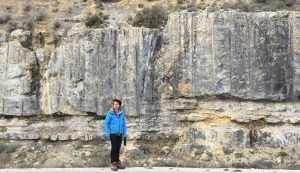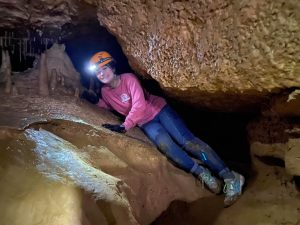People
You cannot teach a person anything; you can only help them find it within themselves.
– Galileo Galilei –
Contact: Nicola Tisato
Post doctoral researchers
Dr. Clay Wood
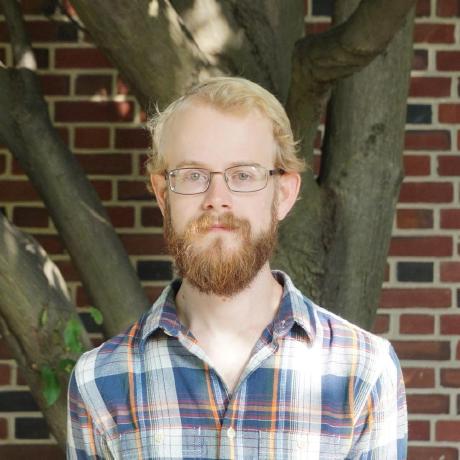
Clay Wood standing in front of a brick wall and a tree.
Clay Wood is a postdoctoral researcher working with Nicola Tisato in the Jackson School of Geosciences and Nicolas Espinoza in the department of Petroleum and Geosystems Engineering. His research is focused on understanding the poromechanics of carbon mineralization in ultramafic rock. He has built an apparatus with Nicola Tisato that is simulates subsurface stresses and injects carbonated water into rock samples. By using continuous ultrasonic monitoring and micro-CT imaging, he is able to able to monitor the rock samples in real time and understand how the reaction kinetics drive mechanical changes.
Clay’s google scholar
Say hello to Clay!
Graduate students
M.Sc. Omar Alamoudi
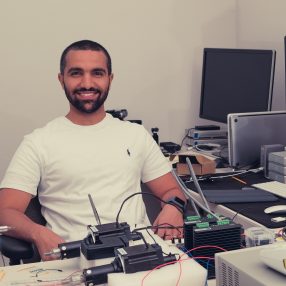
Omar Alamoudi working on building his experimental apparatus (X-RETTA) while working from home as a COVID-19 measure.
Omar Alamoudi is a Ph.D. student and a father of two beautiful children. His research is about investigating the hydraulic permeability of tight sedimentary rocks. The investigation is experimental in nature, and utilizes micro-CT imaging and triaxial testing of cylindrical rock samples. Omar has been developing his experimental apparatus with Nicola Tisato. On his leisure time, Omar enjoys photography, good coffee, and hiking.
Say hello to Omar!
B.Sc. Jacob Allen
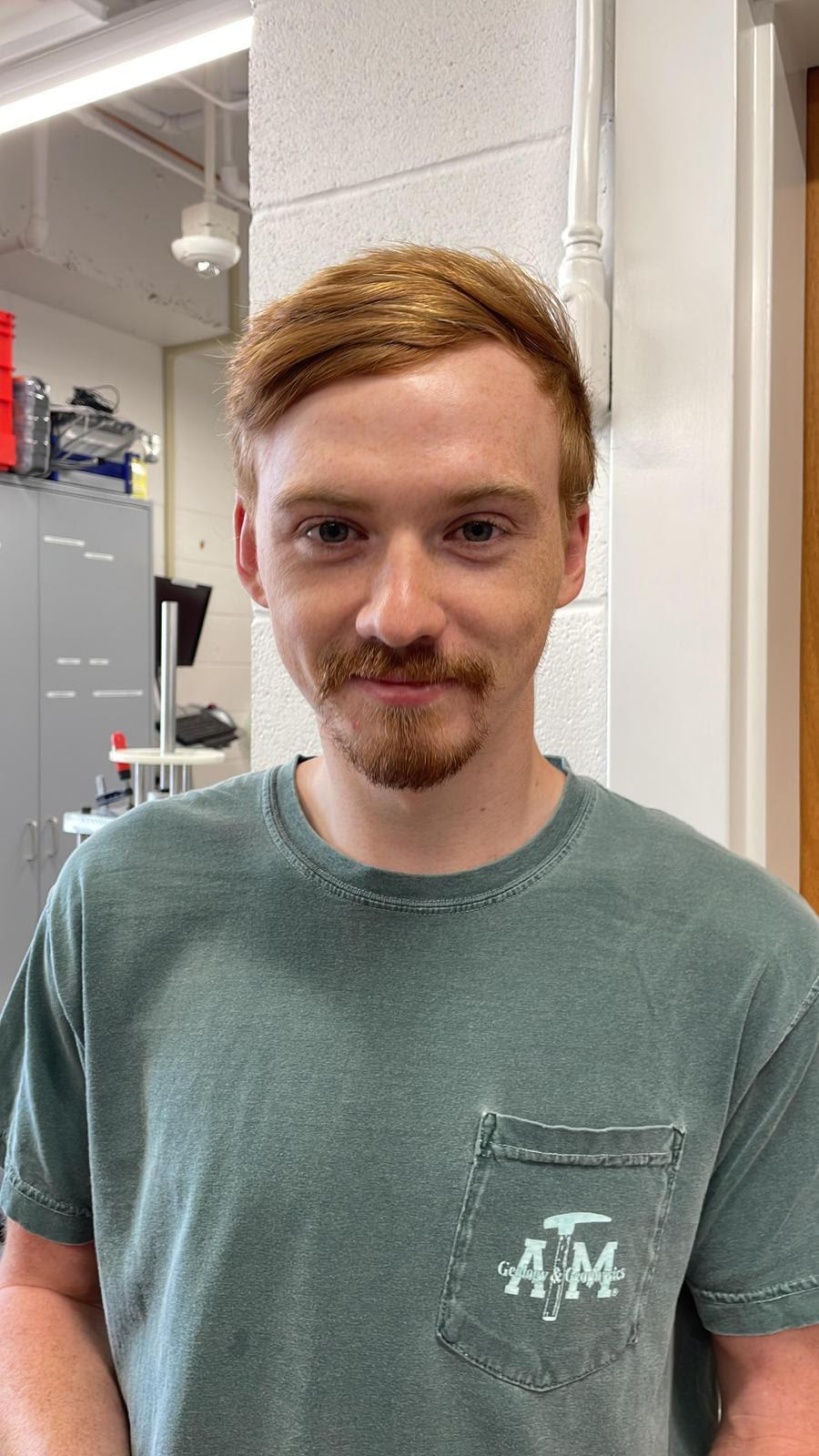
Jacob Allen in the RDL of UT Austin wearing his former institution T-shirt.
Jacob Allen is a M.Sc. student, and is working with Dr. Nicola Tisato on research that focuses on The Hikurangi Margin, a subduction zone of New Zealand that presents varying instances of slow slip events (SSEs) and earthquakes. Focusing on the central region of this margin, Jacob has utilized the experimental equipment in the rock deformation laboratory to study permeability and ultrasonic velocities in core samples from his region of study. Along with this, Jacob has also worked with Dr. Nathan Bangs and Dr. Harm Van Avendonk at the University of Texas Institute for Geophysics on seismic image processing of the central region of the margin. Through his work, we can gain a better understanding of pore pressures in the region as well as the structural complexities of the accretionary wedge and how both of those parameters affect the amount of seismicity we see along the margin.
In his leisure time, Jacob enjoys playing soccer, playing video games, and hiking around Austin!
Say hello to Jacob!
B.Sc. Saleh Almeshari
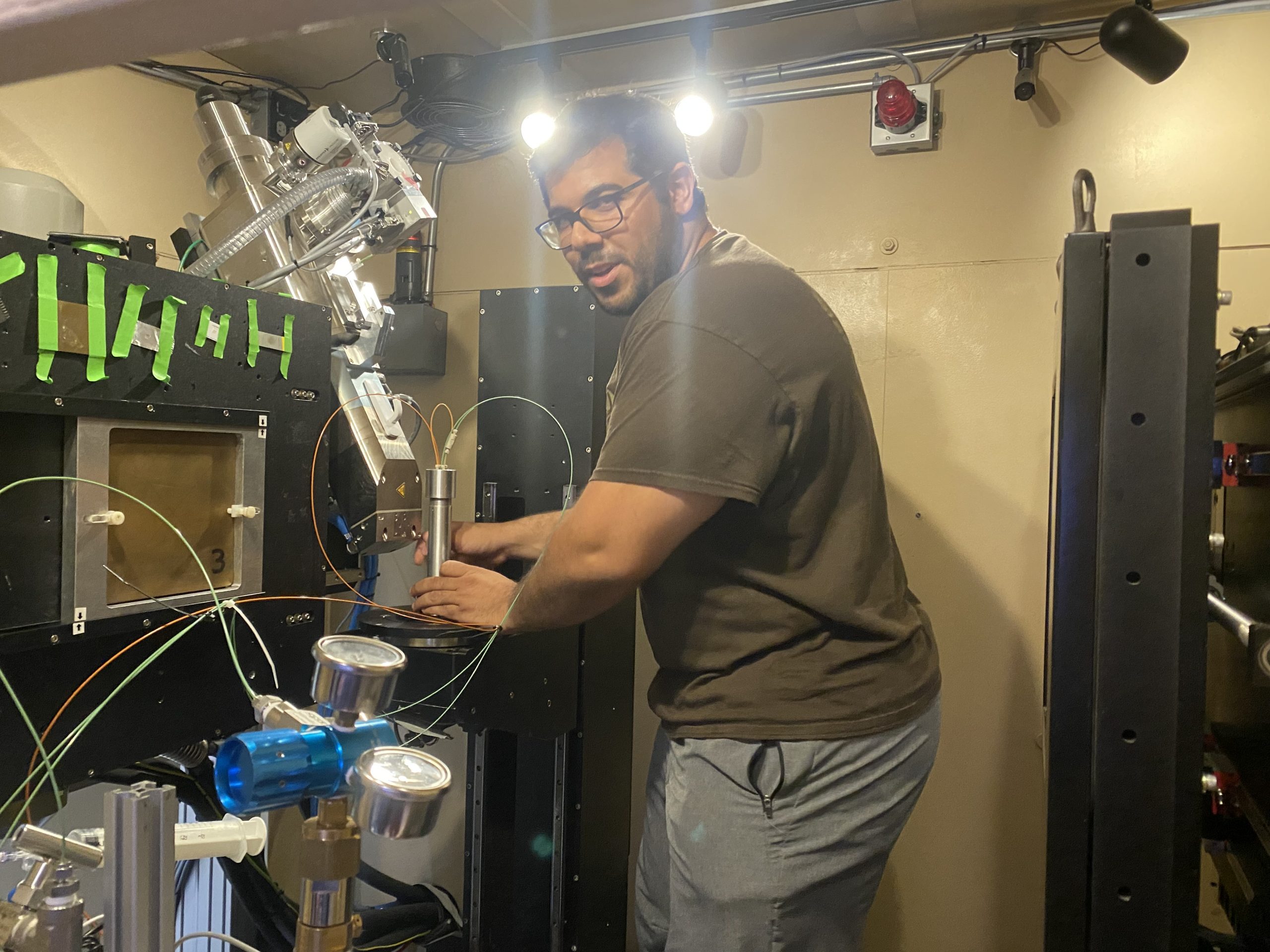
Saleh Almeshari is setting the X-ray transparent CO2 pressure vessel inside the CT scanner of the UTCT lab.
Saleh is a M.Sc. student, and his research focuses on the interaction of CO₂ with ultramafic rocks to study carbon mineralization and potential hydrogen production, examining how carbonation influences rock physics properties. Saleh has devised his experimental setup that allows carbonated water to flow through ultramafic rock samples while allowing real-time micro-CT imaging and pressure measurements. This allows us to monitor the changes in mineral phases and rock properties like porosity and permeability, and perform digital rock physics analysis.
Say hello to Saleh!
B.Sc. Isabelle Lambert
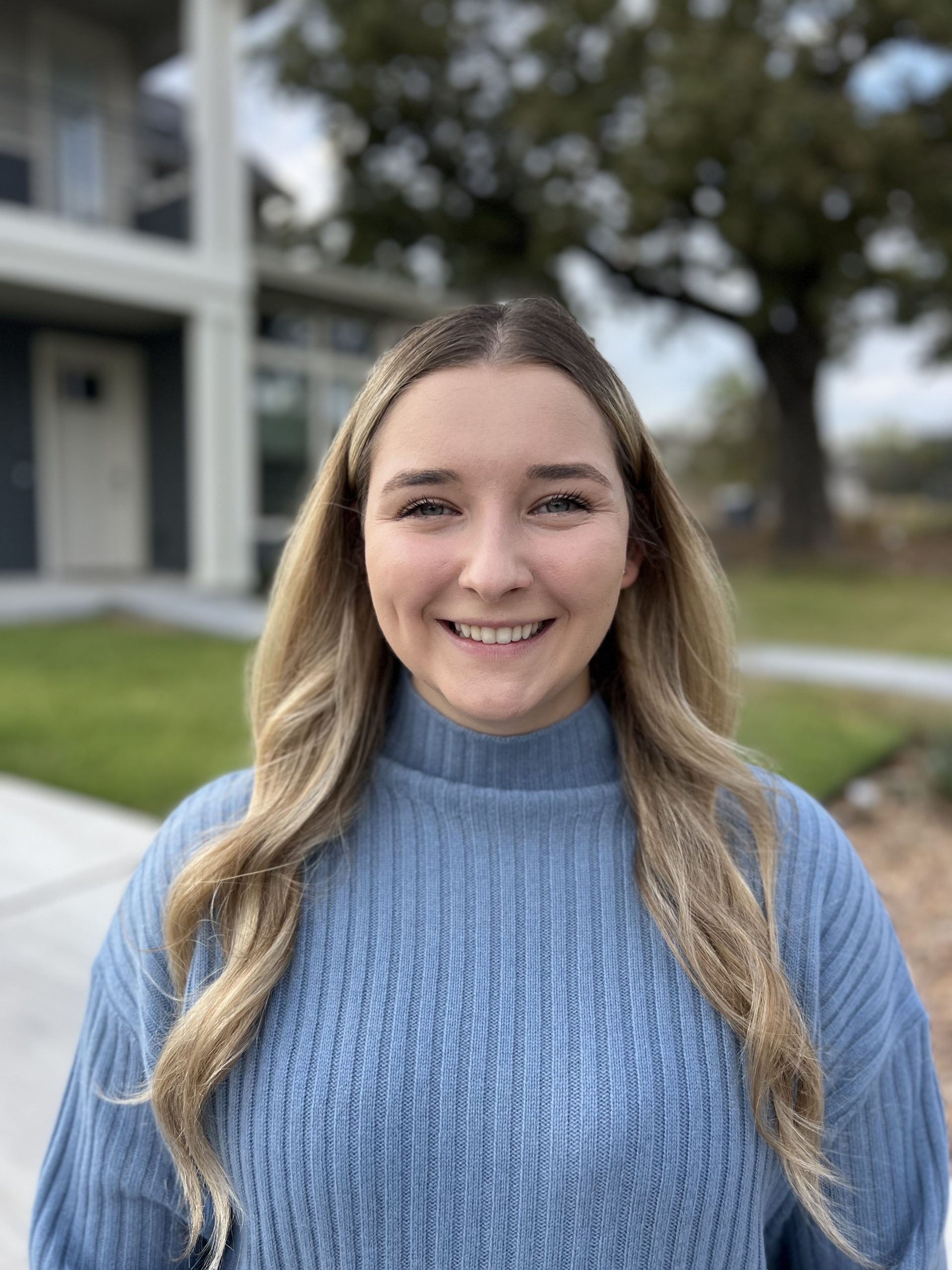
Isabelle Lambert.
Isabelle Lambert is a Ph.D. student from Allensville, Ohio. Her research investigates wave-induced-gas-exsolution-dissolution (WIGED) as a mechanism of attenuation in multiphase fluids at low frequencies. She collects laboratory measurements of attenuation by propagating a seismic wave in a cylindrical cell containing a mixture of water and carbon dioxide. The deformation of the carbon dioxide in gas-phase is analyzed and is best explained by numerical models of attenuation via WIGED. Understanding the WIGED mechanism will allow for improvements in attenuation-compensated imaging techniques to map the presence of gas-bearing fluids in the subsurface.
Since September 2024, Isabelle investigates friction and earthquake foreshocks using an Energy-Controlled Rotary Shear (ECoR) device. The ECoR uses two cylindrical polymethyl methacrylate (PMMA) samples to simulate earthquakes at the laboratory scale. High-speed cameras, thermal cameras, acoustic emission sensors, and pressure sensors are used to provide insight to the onset of earthquakes.
In her free time, Isabelle enjoys golfing, traveling, and visiting coffee shops.
Say hello to Isabelle!
Undergraduate students
Mr. Vicente Pẽna
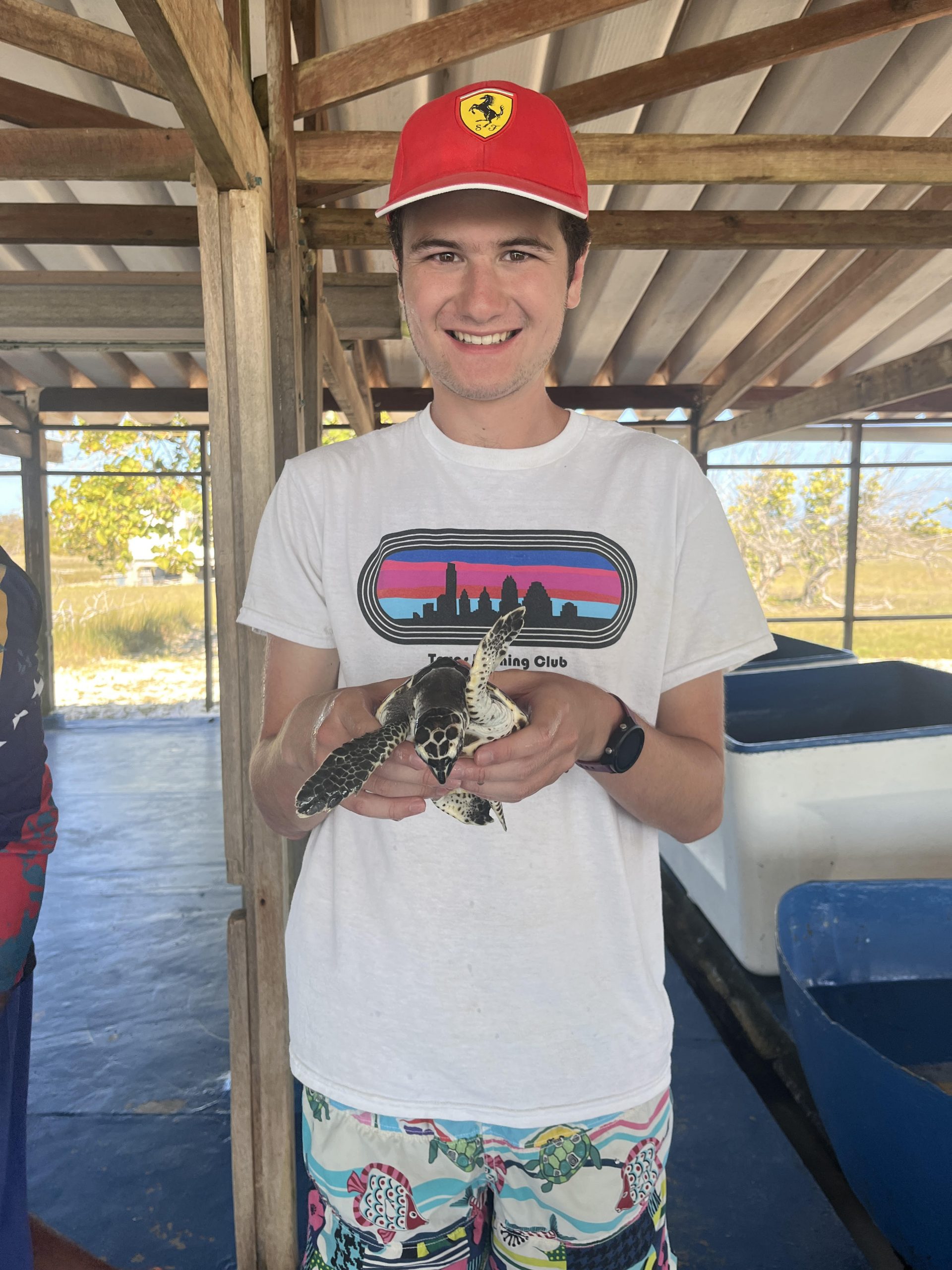
Vicente (the one with the Ferrari hat) holds a beautiful sea turtle (Caretta-caretta)!
Vicente is an undergraduate student in the honors program. He is completing a degree in geosystems engineering and hydrogeology. Vicente has a great interest in Geophysics and seismology. He uses experiments to observe pore pressure responses during the cycle of a stick-slip events (i.e., lab earthquakes). This is done using the Energy Controlled Rotary Shear (ECoR) and a specialized sample holder. The goal is to observe and understand precursory responses within the samples. In his free time, Vicente enjoys playing soccer and car racing video games.
Say hello to Vicente!
Visiting Students
M.Sc. Timothy Xiong
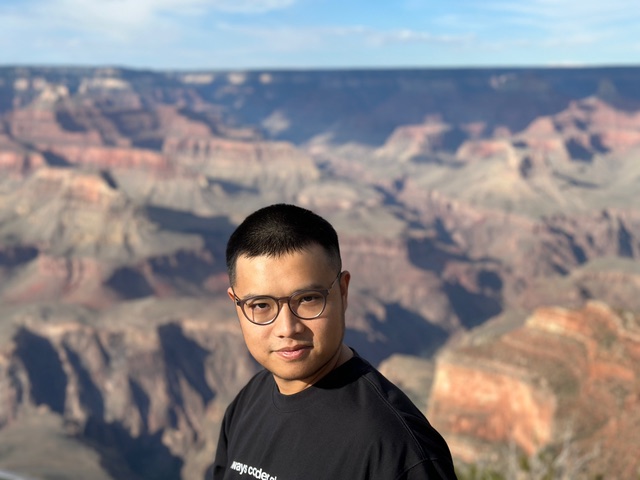
Timothy Xiong on top of the Grand Canyon
Timithy joined UTIG in 2024. He has a background in geotechnical engineering and works on experimental investigations of pore fluid flow and multiphase mechanics of ice and hydrate systems with pore-scale CT imaging. More about Tim can be found here.
Say hello to Tim!
Faculty
Dr. Nicola Tisato (Principal Investigator)
 |
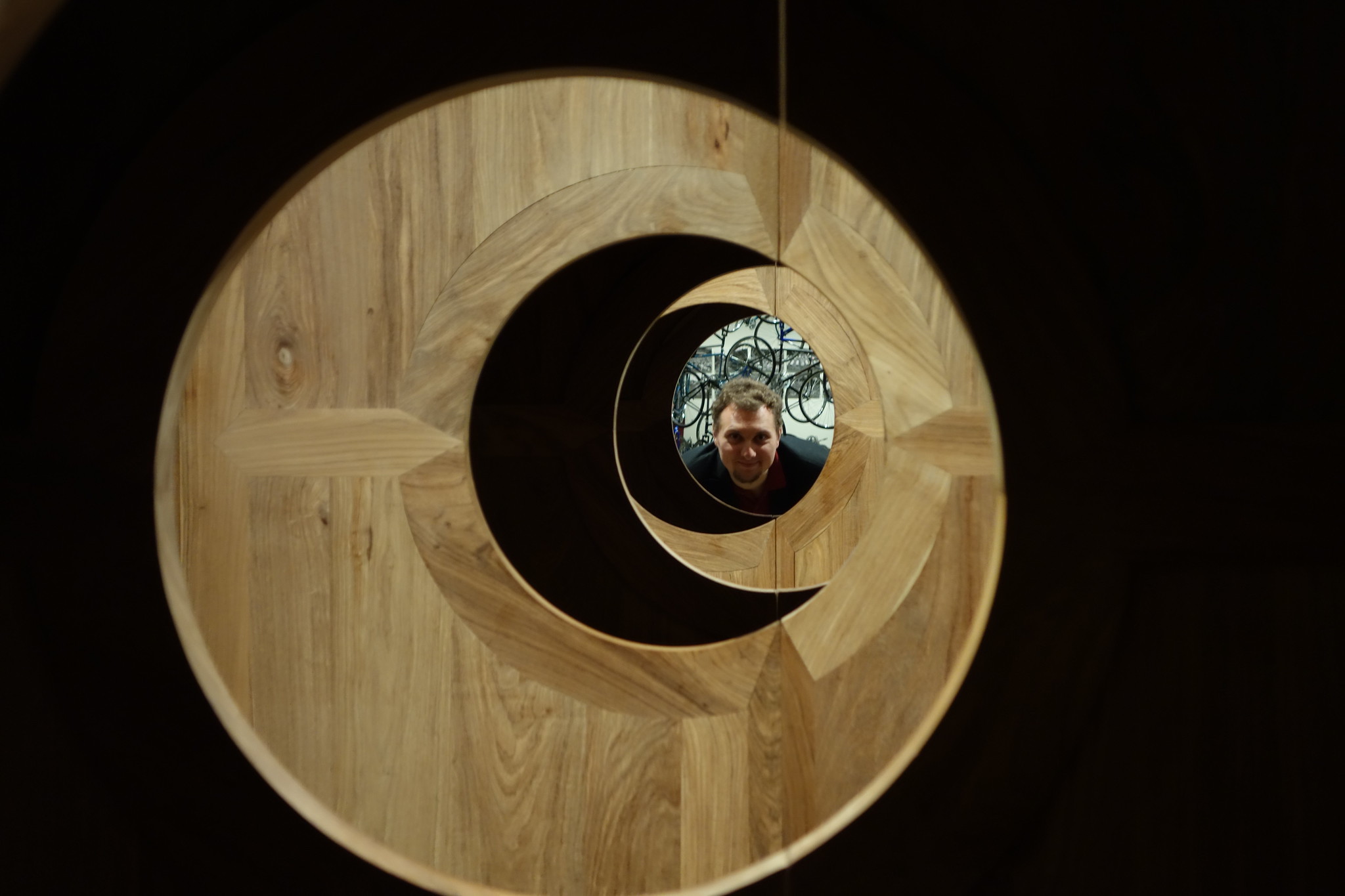
Art Gallery of Ontario – Toronto (Canada) |
Former Members
Dr. Ethan Conrad
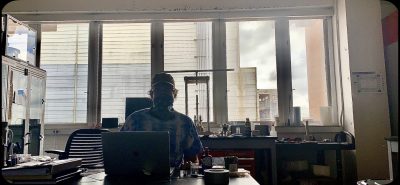
Ethan working in the Rock Deformation Laboratory
Ethan got his Ph.D. in 2023 and was advised by Claudio Faccenna and co-advised by Danny Stockli, Thorsten Becker and Nicola Tisato. Ethan studied structural geology, tectonics, and geomorphology through fieldwork, thermochronology, and laboratory experiments. To better understand tectonic and fault behavior, Ethan worked with the RDL group to study static and dynamic friction during rock deformation using a unique rotary shear apparatus. From these experiments, he drew insight into the evolution of fault slip surfaces. He uses experimental results to 1) study both the precursory and co-seismic events that resemble natural earthquakes and 2) characterize materials that can be considered crustal analogs in tectonic sandbox experiments.
As of September 1st, 2024, Ethan is a postdoctoral fellow at UCL working with Dr. Matthew Fox on low-temperature thermochronology and landscape evolution in Antarctica.
Say hello to Ethan!
M.Sc. Carolyn Bland
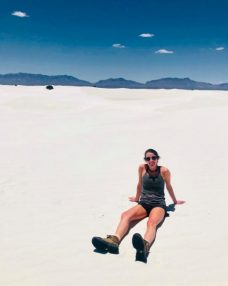
I completed my undergraduate degree at the Jackson School in general geology, with a special interest in soil carbonates and paleo-reconstructions. During my time as an undergraduate, I fell in love with the research-focused atmosphere and supportive community I found here at UT. My interests also expanded to geophysics, structural geology, and tectonics. I am now a graduate student working under Nicola Tisato and Harm Avendonk on their ongoing project concerning the Hikarungi Subduction Zone in New Zealand. Specifically, I will be working in the lab to determine the properties of site-specific rock samples, which will assist interpretation of seismic data from the field. This research aims to improve our understanding of seismic hazards in New Zealand. In my free time, I enjoy playing tennis, painting, and spending time with friends.
After graduating in 2022, Carolyn became a Technical Consultant Full Stack Developer at Pariveda in Dallas.
Say hello to Carolyn!
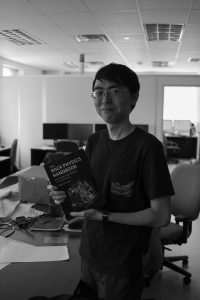
Ken excited about purchasing the 3rd edition of the Rock Physics Handbook
Dr. Ken Ikeda
Sustainable energy resources are crucial for driving civilizations and technologies. Nowadays, the need for energy keeps increasing while new discoveries of conventional reservoirs become more challenging and might not be able to supply the demand. My research interest is to mitigate the uncertainty of reservoir mapping and reduce exploration costs by integrating state-of-the-art rock physics experiments and simulations with seismic explorations. With that, I got my bachelor degree in geology at Chulalongkorn University, Thailand. Then, I have become one of the Ph. D. student in geophysics at The University of Texas at Austin.
As of Nov 2024, Ken is a Lead Data Scientist at 3C AI – Redwood City (CA).
Say hello to Ken!
Dr. Eric Goldfarb
In August, 2016, I moved from Toronto, Canada to Austin. While far from home, it is hard to think of a better place to do research. I like learning why the world looks the way it does, both natural and manmade. Geology has been there for me to explain the natural world, and engineering and applied science has been there for the constructed. The rock deformation lab here is a great mix of these two disciplines with experimental geophysics.
My undergraduate is in geological engineering, and my Master’s is in mining engineering, both from Queen’s University in Canada.
In the past, I have been a ski instructor living in the mountains, a bike courier dodging cars in rush hour, and a member of a national sailing team competing in several countries. In fact, one day before retirement, I plan to captain a boat across the Atlantic (before it closes again).
As of Nov 2024, Eric works as a geologist with Strabag, on a tunneling project in Toronto (Eglinton West Crosstown Extension).
Say hello to Eric!
M.Sc. Micheal McCann
Michael studied the attenuation of seismic waves in viscous fluids. Michael designed and built a state-of-the-art low-frequency apparatus and used it to measure 0.1-5 Hz attenuation and bulk modulus in guar-water mixtures.
Dr. Ziqi Jin
Ziqi has been a visiting student in 2018-2019 from Northeast Petroleum University – China. Ziqi studied the wave-induced-exsolution-dissolution model for attenuation of seismic waves. Ziqi designed and built a new apparatus to observe the deformation of bubbly liquids that are subjected to a seismic wave.
B.Sc. Carole Lakrout
Carole was an undergraduate student at the Jackson School of Geosciences. She started doing research with Nicola during her first year when she approached him with my interest in caves. Carole’s research was on biologically mediated speleothem structures, so how microbial life impacts carbonate structures in caves. She analyzed samples from a cave in Colorado called Breezeway. She used CT and SEM imaging to search for evidence of life on the speleothems. Understanding how life can impact speleothem structure could open doors to looking for life in the geological rock record in caves and the study of unconventional energy sources of the extremophiles living in this environment.
As of Nov 2024 Carole is a scientist II at Apex Companies, an environmental consulting company. She does environmental remediation in the tristate/nyc area.
Say hello to Carole!
B.Sc. Mason Currin
Howdy! My name is Mason Currin, I am a junior studying Geophysics at the JSG. I am currently working with Dr. Tisato to study seismic waves generated by anthropogenic activity. I use seismometers like the BerryQuake, which is a Rasberry Pi connected to a Geophone. During the UT Football games for the 2019-2020 season, I attended the games in person to record events that generated a proportionally loud noise, such as a cannon, or the crowd. We could then go into the data collected from the game from the Berryquake and create timestamps by correlating noise on the seismogram to our recorded events. I personally believe that this project is important in that it uses popular media in order to show off the actual viability and application methods of cheap open source seismometers.
As of Nov 2024 Mason is working as a senior engineering technician at Pettigrew & Associates on civil engineering and oil and gas infrastructure projects.
Say hello to Mason!
B.Sc. Sarah Al Nasser (Honor student)
Sarah studied the attenuation of Seismic waves in bubbly fluids.
After graduation, Sarah joined Saudi Aramco to work as a geologist.
Say hello to Sarah!


